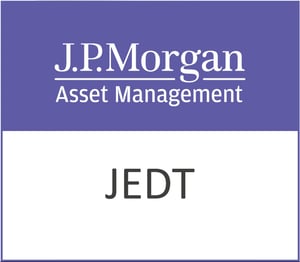For investors eyeing the electric vehicle sector, Tesla, Inc. (TSLA) remains a captivating focal point. With a staggering market capitalization of $776.4 billion, Tesla stands as a titan in the consumer cyclical sector, specifically within the auto manufacturing industry. The company’s current stock price is at $241.38, with a year-long range that has seen lows of $142.05 and highs of $479.86, highlighting its volatile yet potentially rewarding nature.
While Tesla’s trailing P/E ratio is currently unavailable, the forward P/E ratio is pegged at 71.47, suggesting a premium valuation based on anticipated earnings. This forward-looking valuation is a testament to investor optimism about Tesla’s growth trajectory, even as the company faces the challenge of limited revenue growth, which stands at 2.10%. The company’s EPS is at 2.05, with a return on equity of 10.42%, indicating effective management in generating profits from shareholders’ equity.
A notable concern for Tesla is its free cash flow, recorded at a negative $826.9 million. This figure underscores the company’s high capital expenditures, likely driven by aggressive expansion and innovation strategies, notably in electric vehicle production and energy solutions. Despite this, investors remain drawn to Tesla’s potential, with analyst ratings reflecting a diverse outlook: 23 buy ratings, 14 hold ratings, and 11 sell ratings.
The stock’s average target price of $311.27 suggests a potential upside of approximately 28.96%. This optimistic outlook is bolstered by a target price range extending from $120.00 to $515.00, illustrating both the risks and rewards associated with investing in Tesla.
Technical indicators present a mixed picture. Tesla’s 50-day and 200-day moving averages are at $280.41 and $291.26, respectively, suggesting the stock is currently trading below these averages, often interpreted as a bearish signal in the short term. However, the relative strength index (RSI) at 64.53 indicates the stock is nearing overbought territory, which could signal a potential rebound. The MACD and signal line, both in negative territory, further suggest cautious optimism, potentially providing entry opportunities for risk-tolerant investors.
Tesla’s multifaceted business model, spanning automotive and energy generation and storage, continues to capture the imagination and capital of investors globally. The company’s ability to innovate and expand into new markets will be crucial in maintaining its competitive edge and justifying its high valuation metrics.
As Tesla charts its course in the electrified world of tomorrow, investors must weigh the inherent risks of high valuations and negative cash flow against the potential for substantial returns driven by technological advancements and market growth. For those bullish on the future of electric vehicles and renewable energy, Tesla offers an intriguing proposition with the promise of substantial long-term gains.






































